Workplace wellness
Developed by integrating scientific and medical research on environmental health with leading practices in building design, construction and management, the Standard codifies what ‘wellbeing best practice’ is, in the same way that Green Star pulled the industry together on sustainability issues.
International considerations in health and wellness architecture are defined by ten key concepts within WELL - air, water, nourishment, light, movement, thermal comfort, sound, materials, mind and community.
The release of the latest Version, V2, last year has made significant strides into ensuring all buildings can be healthy buildings and has allowed for greater flexibility and localization in its implementation.
WELL has had a significant uptake in the States and in China where air quality is a health concern. Australia has been the third largest patron in terms of space registered, perhaps due to the general health and wellbeing mindset of our capital cities.

Melbourne Square Commercial embraces the WELL v2 Building Standard. Combining clever human-centered design, it provides optimum outcomes for both those that build buildings and those that occupy them. We build our buildings for people, after all.
-
Air
WELL promotes strategies to educe or minimize sources of indoor air pollution.
-
Water
WELL prioritises access to high water quality.
-
Nourishment
WELL makes healthy foods the easy choice and encourages a better food culture.
-
Light
WELL helps advance daylighting and electric lighting systems designed to increase alertness, enhance experience and promote optimal sleep patterns.
-
Movement
WELL encourages the integration of activity and fitness into everyday life.
-
Thermal Comfort
WELL optimises the indoor environment and improves individual control to provide productive and comfortable indoor environments.
-
Sound
WELL optimises the indoor environment and improves individual control to provide productive and comfortable indoor environments.
-
Materials
WELL improves human health through use of safer materials and finishes.
-
Mind
WELL supports cognitive and emotional health through design, technology and treatment strategies.
-
Community
WELL fosters community engagement and social support through improved access and proactive initiatives.
The Business Case for Health and Wellbeing in the Workplace
Of employees feel their WELL Certified space fosters more collaboration and socialisation.
Of employees believed their new Well Certified office enables them to be more productive.
Reduction in employee turnover compared to the previous year.
In WELL Certified offices, the total employee turnover rate has fallen by almost a third and the hiring rate for new talent has doubled.

Sophie Hutchinson
ADP Consulting & Engineering
Sophie, originally from the UK, brings an international perspective to advise on a wealth of sustainable building outcomes. She is an accredited professional in both Green Star and NABERS. An advocate for the Living Building Challenge, she is also one of eleven WELL accredited professionals in Australia.

